#6th century
Text
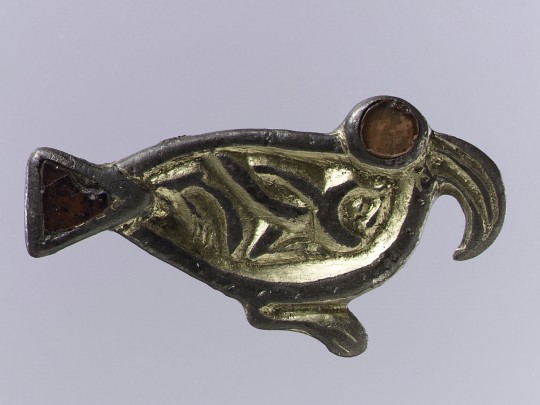

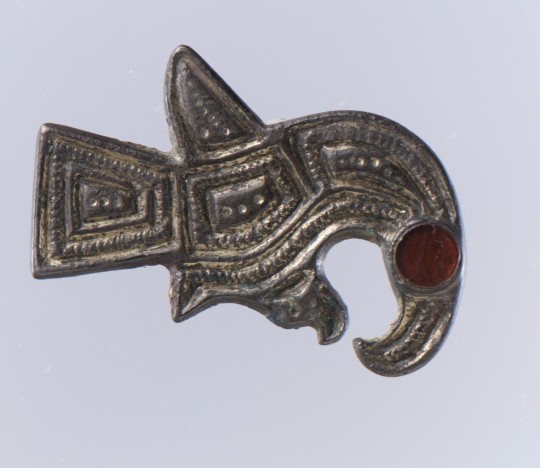
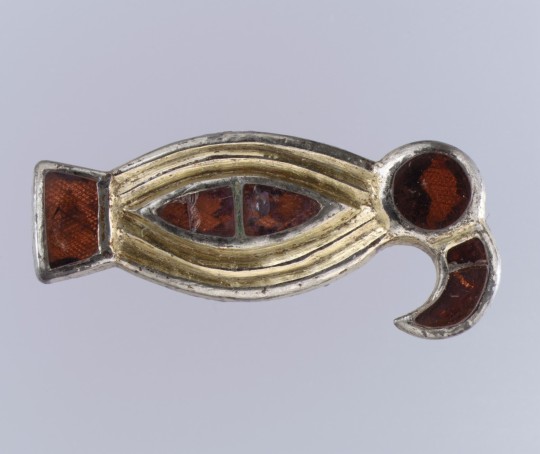


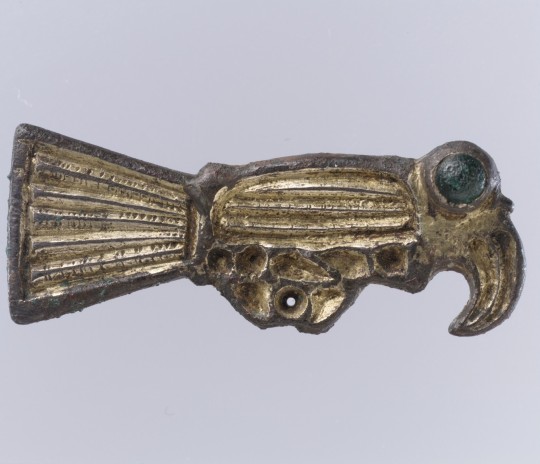

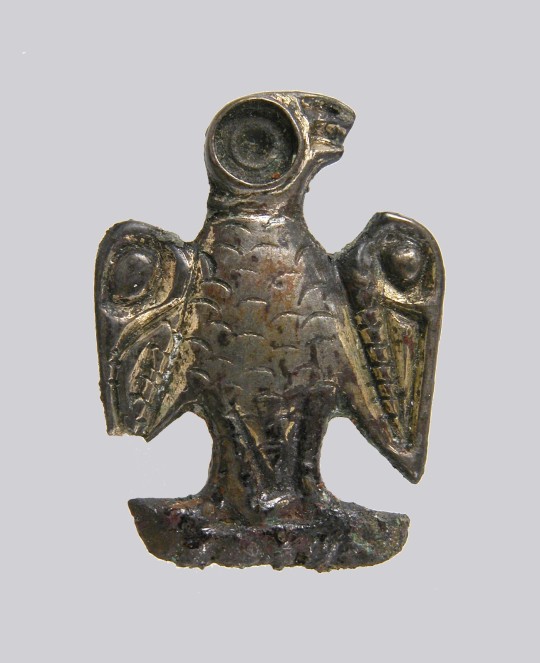

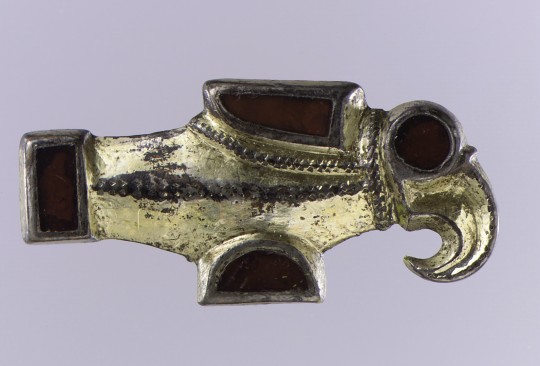


Apropos of nothing, here is a baker's dozen images of bird-shaped brooches ca. 6th century, from Frankish, Vendel, and Anglo-Saxon artisans. They all come from the Metropolitan Museum of Art collection on JSTOR, which includes nearly half a million open access images for everyone!
#medieval art#6th century#brooch#jewelry#birds!#research#jstor#do people still say baker's dozen?#open access
5K notes
·
View notes
Text

~ Nose Ornament.
Date: A.D. 2nd–6th century
Placeoforigin: Perú
Culture: Vicús
Medium: Gold
#ancient#ancient art#history#museum#archeology#archaeology#nose Ornament#south america#peruvian#peru#pre columbian#gold#vicús#feline#cat#2nd century#6th century
975 notes
·
View notes
Text

This lavishly decorated piece is a Byzantine bracelet dating from the 6th century. The Byzantines created complex and precious pieces, such as this bracelet, which is encrusted with expensive gemstones and pearls, demonstrating the wealth of the Byzantine empire.
The openwork technique, also called Opus interrasile (meaning ‘to scrape in between), is done by punching or piercing holes in the metal with a chisel or other sharp tool, resembling delicate, lace-like patterns.
Private Collection, North America
#jewelry#gold#jewellery#antique#antique jewelry#byzantine#gold bracelets#bracelet#jewerly#gemstone#ancient history#antiquity#6th century
384 notes
·
View notes
Text
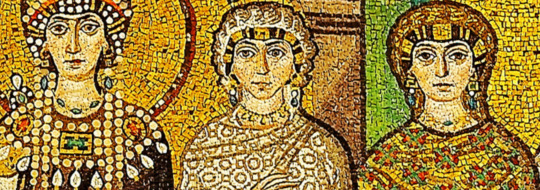
Antonina: a powerful woman in the sixth-century Roman world
"Antonina was the most powerful uncrowned woman in the sixth-century Roman world. She deposed Pope Silverius, arranged for the sacking of John the Cappadocian, traveled across the Mediterranean with her husband, and even occasionally inserted herself into the running of his army. She knew soldiers, officers, the emperor, popes, bishops, and historians, and at various times commanded them, pleaded with them, and intimidated them. This is a remarkable resume, virtually unparalleled among Roman military wives, and certainly without parallel in the sixth century. She was a formidable woman and, like her friend and patron Theodora, one who was occasionally feared. If the reputation of Belisarius is sometimes inflated in modern evaluations, the reputation of Antonina has been chronically underappreciated. Historians have focused far too much on the Secret History story of Antonina’s affair and her supposed domination of Belisarius, and far too little on her exceptional career. She is evidence that elite women in the sixth century could take on public roles alongside their husbands."
Belisarius & Antonina: Love and war in the age of Justinian, David Alan Parnell
#antonina#leaders#powerful women#history#women in history#women's history#6th century#belisarius#byzantine empire#justinian I#empress theodora
269 notes
·
View notes
Text


Early Byzantine, The Emperor Justinian and Empress Theodora with their Court Retinues, ca. 547, mosaic (San Vitale, Ravenna)
Mosaics in situ (flanking apse windows beneath Christ in Majesty mosaic), details of Emperor and Empress

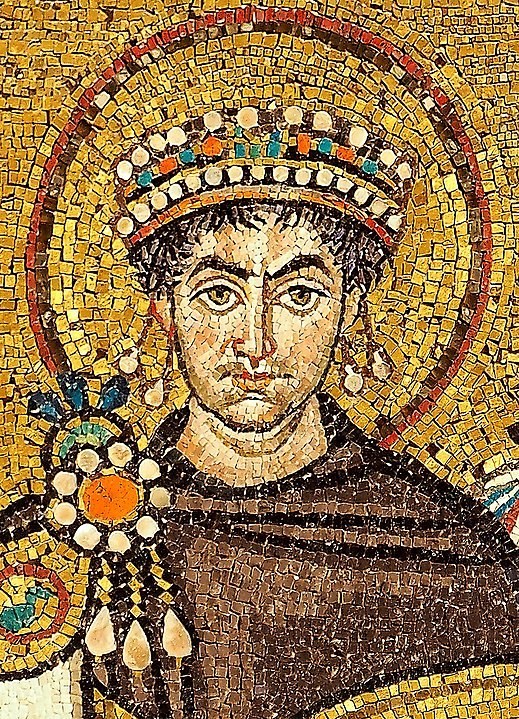

687 notes
·
View notes
Photo
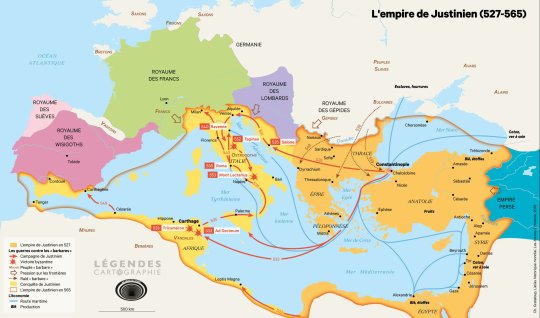
The empire of Justinian (527-565).
by LegendesCarto
123 notes
·
View notes
Text

Day 9: Celtic - Morgan le Fay; I realize that the runes are Germanic, but it’s a Green Knight reference 👀👀
#jenstober23#morgan le fay#the green knight#arthuriana#arthurian legend#celtic mythology#roman britain#celtic#5th century#6th century#briton tag#traditional art#history art#inktober#inktober 2023#drawtober#drawtober 2023#artober#artober 2023#witchtober#witchtober 2023#day 9
120 notes
·
View notes
Text
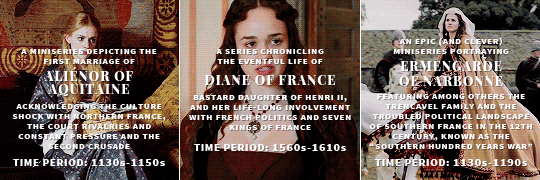
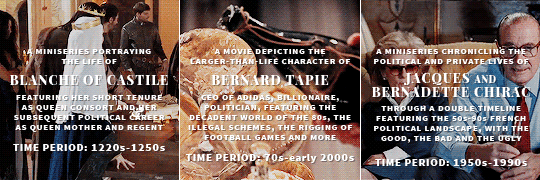
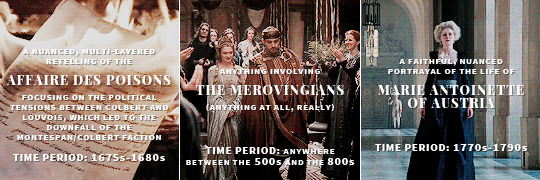
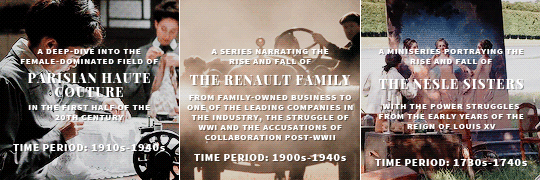

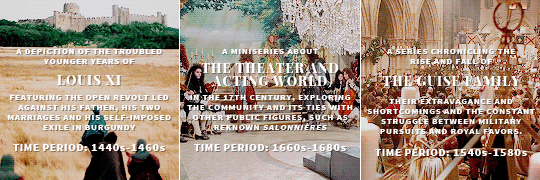

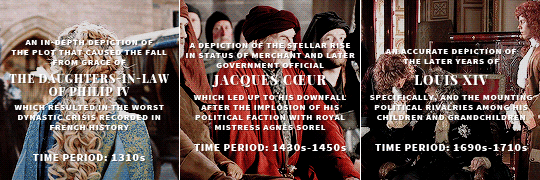

(some) of the period dramas i'd love to see about french history
#historyedit#perioddramaedit#14th century#13th century#12th century#9th century#6th century#19th century#20th century#15th century#16th century#17th century#18th century#mine#*
389 notes
·
View notes
Text

Funerary Urn with Deity, C. 500-1000 A.D.
Mexico, Mesoamerica
16 notes
·
View notes
Text
Ireland, the last country in Western Europe to legalize divorce in the twentieth century, was also the last country to make it illegal in the Middle Ages. If an Irishman told secrets about his wife’s sexual performance, for example, this was considered good reason for her to leave him. Long after the Church was forbidding people elsewhere in Europe from divorcing, Irish husbands and wives were still going their own way at will.
Women were not necessarily impoverished by divorce in the medieval world. Because no one in the Middle Ages ever claimed that the man was the main breadwinner, a divorced wife was entitled to a percentage of the household estate in line with the labor she had contributed to it. Irish jurists ruled that divorcing women deserved a percentage of the farm’s lambs and calves since wives kept the animals, made the wool into cloth, and turned the milk into cheese and butter.
In tenth-century Wales the king declared that a divorced man could have the pigs because he normally kept them in the woods near home, but the wife got the sheep because she took them to the highlands during the summer. The husband got the drinking cups and the chickens; the wife got the milk and cheese-making equipment, along with the flax, linseed, wool, and butter.
#europe#wales#ireland#marriage#divorce#book : marriage a history#6th century#7th century#8th century#9th century#10th century
31 notes
·
View notes
Text
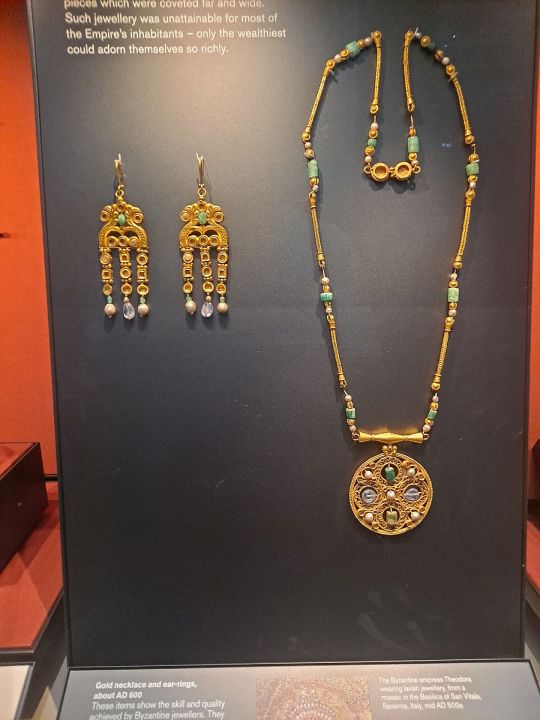
Byzantine necklace and earrings
About AD 600
British Museum
London, June 2022
130 notes
·
View notes
Text
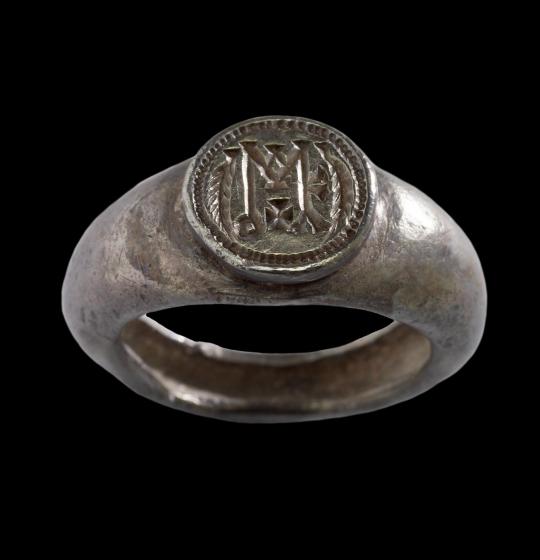

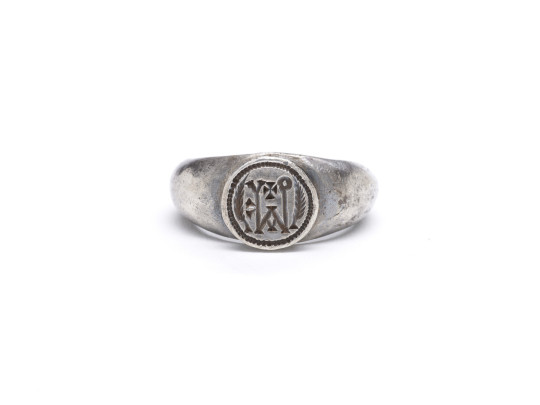
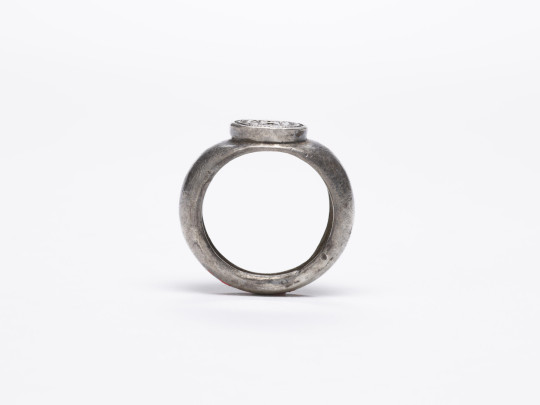
~ Signet Ring with "of Mark" in Greek.
Culture: Byzantine
Date: A.D. 6th-7th century
Period: Late Antique
Medium: Silver
552 notes
·
View notes
Text


- Margot Lister, Costume
11 notes
·
View notes
Text

Let the saints say amen 🙏🏿 👍🏾✊🏾
56 notes
·
View notes
Photo

The kingdom of the Visigoths, 6th century.
by LegendesCarto
110 notes
·
View notes
Text




Good Omens + Costumes
Aziraphale's silver armour and creme & brown cloak in Season 01, Episode 03.
// requested by @foul-z-fowl
#Good Omens#Aziraphale#period drama#perioddramaedit#costumes#costume drama#costumesource#Fantasy#500s#6th century#silver#creme#brown#Wessex#England#Britain#Europe#requests
22 notes
·
View notes